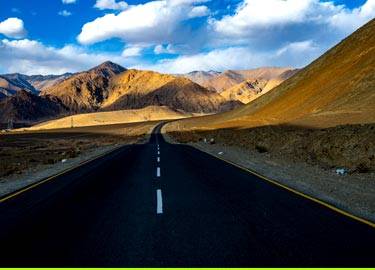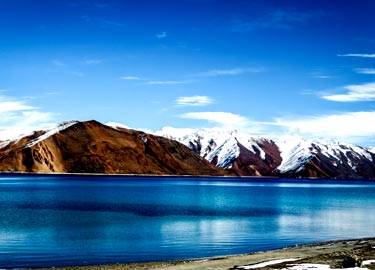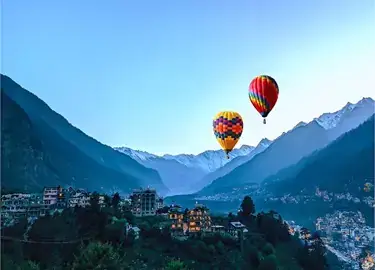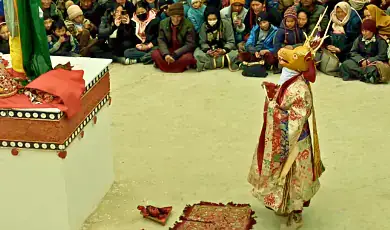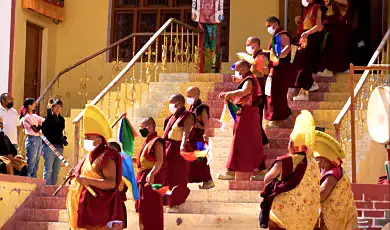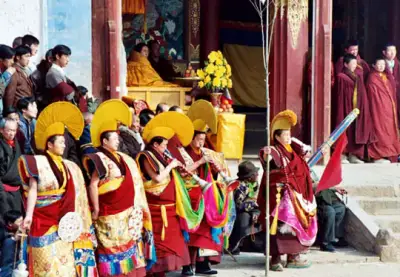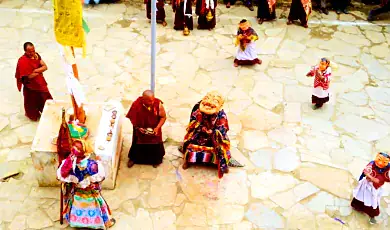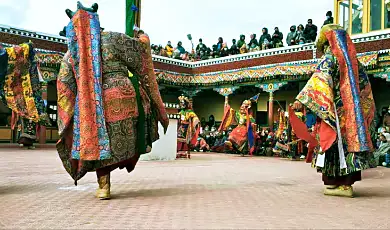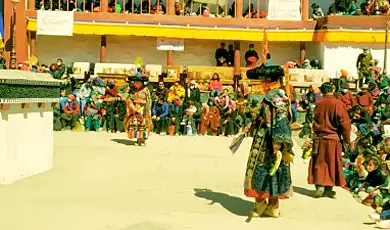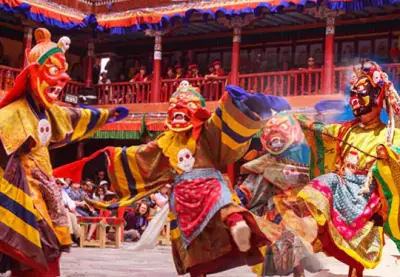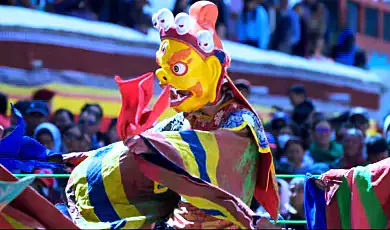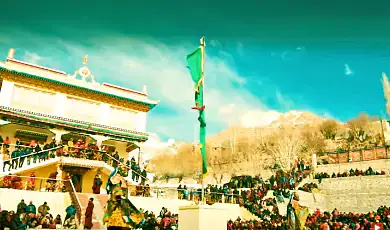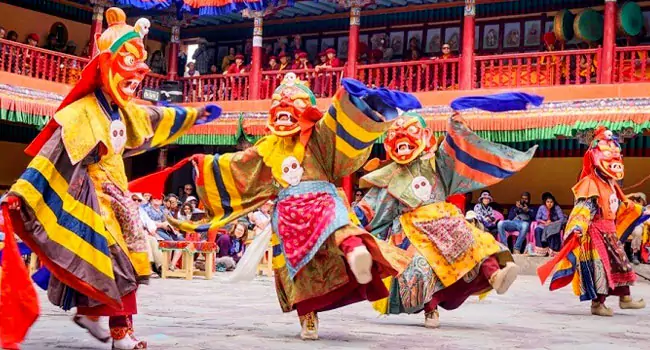
The festivals of Ladakh are a vivid reflection of its unique culture and traditions. These festivals showcase the region’s spiritual essence and are deeply rooted in Buddhist practices. Monasteries come alive with sacred rituals, masked dances, and colorful decorations, offering visitors a glimpse into Ladakh’s cultural richness. People gather in large numbers to celebrate with music, dance, and traditional feasts, making these occasions both spiritual and social. Tourists flock to Ladakh during these festivals to experience their vibrant charm. One of the most captivating festivals in Ladakh is the Hemis Festival, celebrated in honor of Guru Padmasambhava. This festival features traditional Cham dances monks perform in striking masks and robes, creating an enthralling visual spectacle. Other significant festivals, such as Losar and Dosmoche, mark the Tibetan New Year and harvest season. Each festival embodies the harmonious blend of spirituality and joy that defines Ladakhi life.
The diversity of Ladakh festivals ensures there is something for everyone to enjoy throughout the year. From the Naropa Festival’s grand spiritual gatherings to the colorful Sindhu Darshan Festival that honors the Indus River, these events are a testament to Ladakh’s cultural heritage. These festivals also serve as platforms for promoting local art, crafts, and cuisines, adding a unique dimension to the celebrations. Visitors often participate in these festivities, creating a deep connection with the local culture. Among the famous festivals of Ladakh, the Ladakh Harvest Festival stands out for its vibrant showcase of traditional dance, music, and handicrafts. It is celebrated with immense enthusiasm and highlights the region's agricultural roots and communal spirit. The Yuru Kabgyat Festival, on the other hand, is a religious affair marked by prayers for world peace. Each festival in Ladakh brings communities together in a joyous display of unity and tradition. Experiencing the festivals of Ladakh is a journey into the heart of its culture and spirituality. Whether you’re a cultural enthusiast or a traveler seeking unique experiences, these festivals offer unforgettable moments. Plan your visit during these celebrations to witness Ladakh’s rich traditions, breathtaking rituals, and the unwavering spirit of its people.
| Sr. No. | List of Major Festivals of Ladakh 2025 | More Information |
|---|---|---|
| 1 | Spituk Gustor Zanskar | |
| 2 | Dosmoche Festival | |
| 3 | Stok Guru Tsechu | |
| 4 | Diskit Gustor | |
| 5 | Phyang Tsedup | |
| 6 | Ladakh Festival | |
| 7 | Korzok Gustor | |
| 8 | Yuru Kabgyat | |
| 9 | Chemrey Wangchok | |
| 10 | Matho Nagrang | |
| 11 | Galdan Namchot | |
| 12 | Hemis Tsechu | |
| 13 | Ladakhi Losar Festival | |
| 14 | Leh and Likir Dosmoche |

